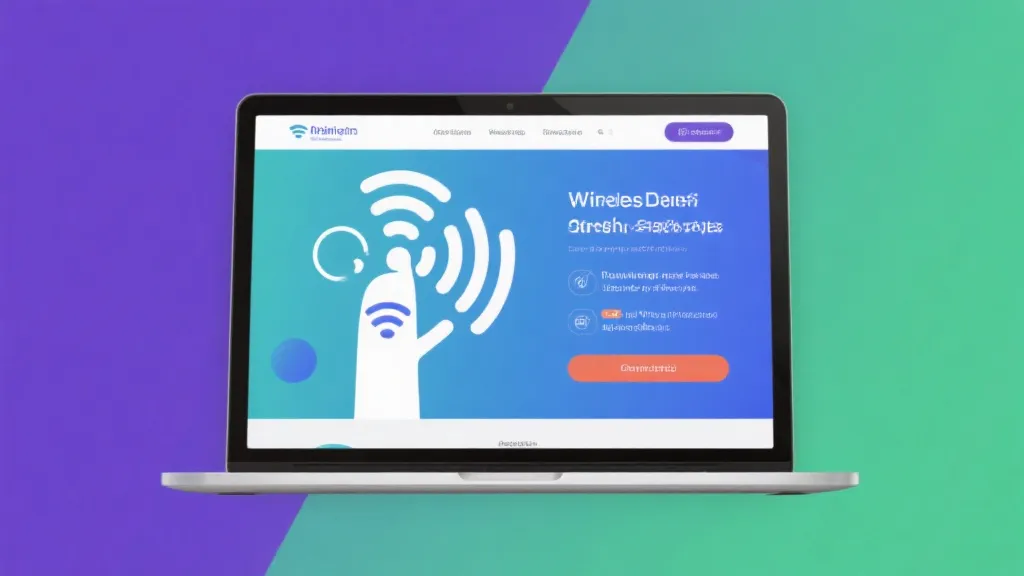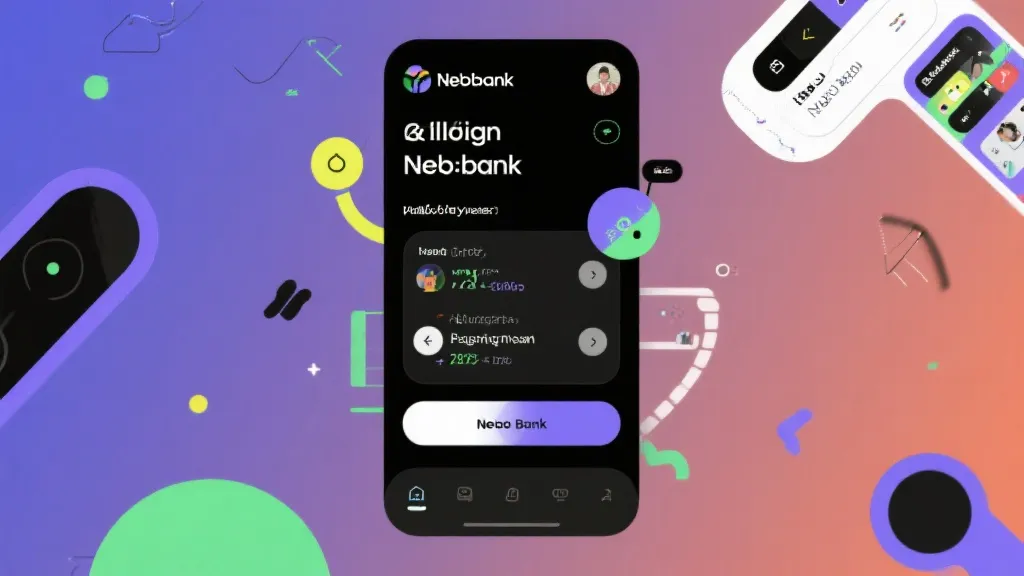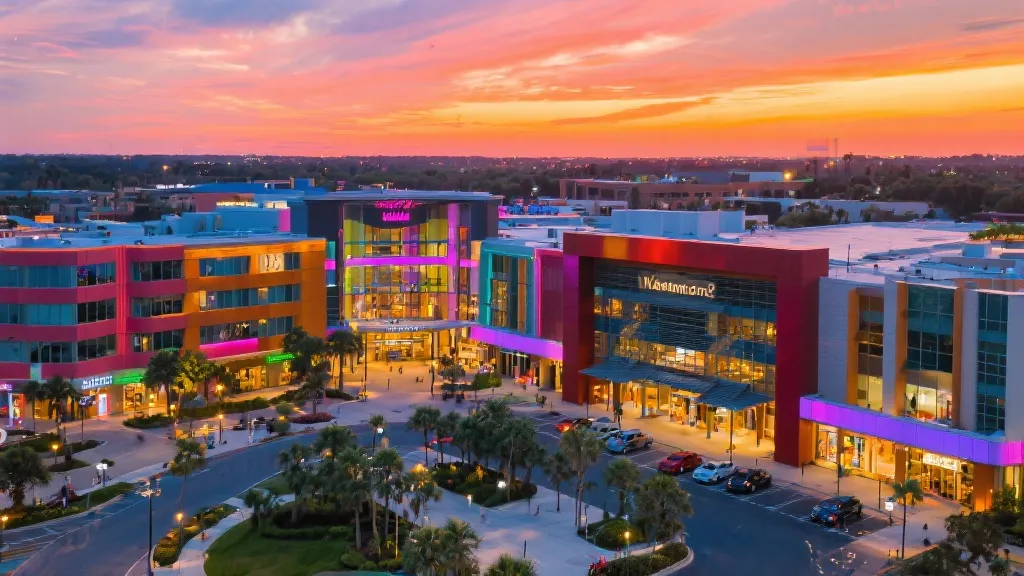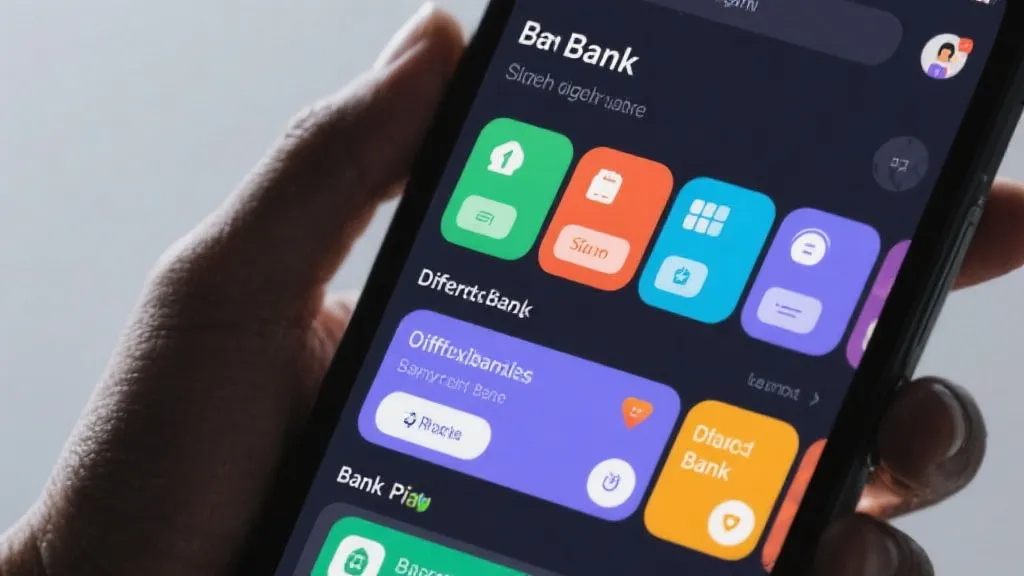This guide delves into the offerings of government-assisted wireless service providers like SafeLink Wireless, highlighting the plans they offer to eligible individuals. At the heart of these services is the mission to provide connectivity solutions tailored to meet the needs of low-income consumers, ensuring accessibility amidst technological advancements.

As connectivity becomes increasingly pivotal in everyday life, programs like SafeLink Wireless offer essential lifelines to those who qualify. These services bridge the digital divide by eliminating barriers to communication, particularly for individuals facing financial hardships. Participating providers include SafeLink Wireless, Assurance Wireless, StandUp Wireless, Access Wireless, and True Wireless, each offering different options for maintaining a connection to the world. With the advancement of technology and the increasing reliance on the internet in every sphere of life from education to healthcare, these services have become more crucial than ever.
Government-assisted wireless services primarily target low-income individuals and families. These programs are designed not just to provide a means of communication but also to ensure that all individuals have access to vital information and resources online. This is especially important in times of crisis, such as during natural disasters, where communication can be critical for safety and survival.
Additionally, as telecommuting and online learning become more prevalent, the demand for reliable internet access continues to grow. Government programs addressing this need help close gaps that might otherwise leave vulnerable populations without access to essential services and opportunities. The assurance of connectivity can lead to greater economic stability, increased access to jobs, and improved educational outcomes for children from low-income families.
The services offered by these providers cater to the diverse needs of eligible consumers. Below is a comparison table summarizing the services and additional options available from each provider:
| Provider | Included Services | Additional Packages |
|---|---|---|
| SafeLink Wireless | Affordable smartphone or BYOD, unlimited text, calls, data (varies by plan and state) | Premium device upgrades, extra data for a fee |
| Assurance Wireless | Affordable Android smartphone, unlimited talk, text, data allowance | Optional high-speed data, international calling |
| StandUp Wireless | Affordable smartphone or BYOD, unlimited talk and text, data plans | Premium phone upgrades, additional data |
| Access Wireless | Unlimited voice, text, limited high-speed data with benefits | Data boosts, device upgrades |
| True Wireless | Government-supported phones, voice, data plans | Device upgrades, extra data |
These providers recognize that basic phone services alone may not meet the needs of users who increasingly rely on smartphones and data plans for their daily tasks. Each company has tailored its offerings, introducing features such as larger data packages and the option to bring your own device (BYOD), giving consumers more flexibility and choice depending on their communication needs. Notably, this flexibility can make a significant difference in how effectively individuals can engage with their communities and access necessary services.
Applying for a government-assisted phone requires meeting specific eligibility criteria, generally determined by income levels at or below 135% of federal poverty guidelines for Lifeline services or 200% for ACP benefits. Additionally, participation in government programs such as Medicaid, SNAP, SSI, or FPHA can qualify individuals for these programs. Living on designated Tribal lands may also confer additional benefits. This underscores a critical aspect of these services: they not only seek to provide technological access but also aim to support broader social and economic equity.
Applicants need to provide proof of eligibility, which may include documentation of income or program participation. Different providers may have various forms of documentation accepted, so it's essential for applicants to review the specific requirements for each service. The application process can be completed online on each provider’s website, often through an intuitive form that guides applicants step-by-step. After submission, applicants must upload relevant documentation for verification purposes, which typically includes proof of residency, income verification, and identification. The verification process can take anywhere from a few days to several weeks, depending on the provider and volume of applications.
Each service provider has unique offerings that can cater to various needs, from basic communication to more extensive data use. Analyzing these providers reveals the competitive landscape of government-assisted services aimed at increasing access to wireless communication. Consumers should assess not only the standard packages but also the additional services that might prove beneficial for their specific needs.
One aspect worth considering is the quality of customer support. Providers like Assurance Wireless often receive commendations for their customer service effectiveness, which is a valuable factor for individuals unfamiliar with technology or who may require extra assistance when navigating their wireless usage. Additionally, the ease of upgrading devices or adding features—like international calling or higher data limits—can substantially impact users' experiences, especially for families or individuals who frequently connect with people outside the country or have varied communication needs.
Furthermore, the disparity in coverage areas is another critical concern. While all participants aim to provide nationwide services, some providers might have stronger networks in certain regions than others. This can affect user experience dramatically. For instance, a consumer in a rural area might find that one provider offers significantly better service than another. Conducting thorough research, including checking coverage maps and reading customer reviews, can help potential users make informed decisions tailored to their location and needs.
In conclusion, government-assisted wireless plans are instrumental in providing essential connectivity to eligible individuals, helping them maintain connections in an increasingly digital world. Understanding the different offerings and applying through the proper channels can significantly benefit those eligible for these services. Notably, as society progresses into a more technology-oriented realm where digital communication is vital, these programs play a crucial role in making technology accessible to all.
Moreover, as communication technology continues to evolve, users should stay informed about any changes in policy or new benefits that might become available through these programs. Engaging with community organizations committed to digital inclusion can be one effective way to remain educated about current developments and expand personal networks, thereby enhancing opportunities for success both personally and professionally.
Participating in government-assisted wireless programs can also lead to greater digital literacy opportunities. Many providers offer resources for their customers to learn about their devices and how to use internet services, which can empower them to navigate various applications and online services more effectively. Programs addressing digital literacy are increasingly crucial for those who have not had exposure to technology, ensuring that all individuals can harness the benefits of the internet.
The information provided above is derived from online resources as of October 2023. Please note this website cannot guarantee that applicants will receive a government-assisted phone. For specific requirements and application procedures, refer to the official guidelines provided by each company. This website is not updated in real-time regarding such programs. It is important for potential applicants to check official state or federal websites as well, as updates and changes to programs can occur that may not be immediately reflected in third-party resources.
In summary, understanding government-assisted wireless services is fundamental for eligible consumers striving to foster digital inclusion in their lives. By capitalizing on the benefits these programs offer, individuals can improve their circumstances and access a broader range of resources and opportunities that the digital world has to offer.
Lastly, it is also recommended for potential users to engage in forums and online communities to share experiences and tips about these services. Peer support can be invaluable, especially for those new to navigating technology, fostering not just communication but a sense of community among participants of these essential programs.
Understanding Sme Neobank Impact

Exploring Webbank and Its Competitors

Discover Westminster Plaza Orlando

Discover Heartis Eagle Mountain Elegance

Westminster Plaza Orlando: A Comprehensive Guide

Transforming Banking with Sme Neobank

Discovering Westminster Plaza Orlando

Discovering Westminster Plaza Orlando

Life Insurance for Seniors: Maximizing Coverage and Benefits
